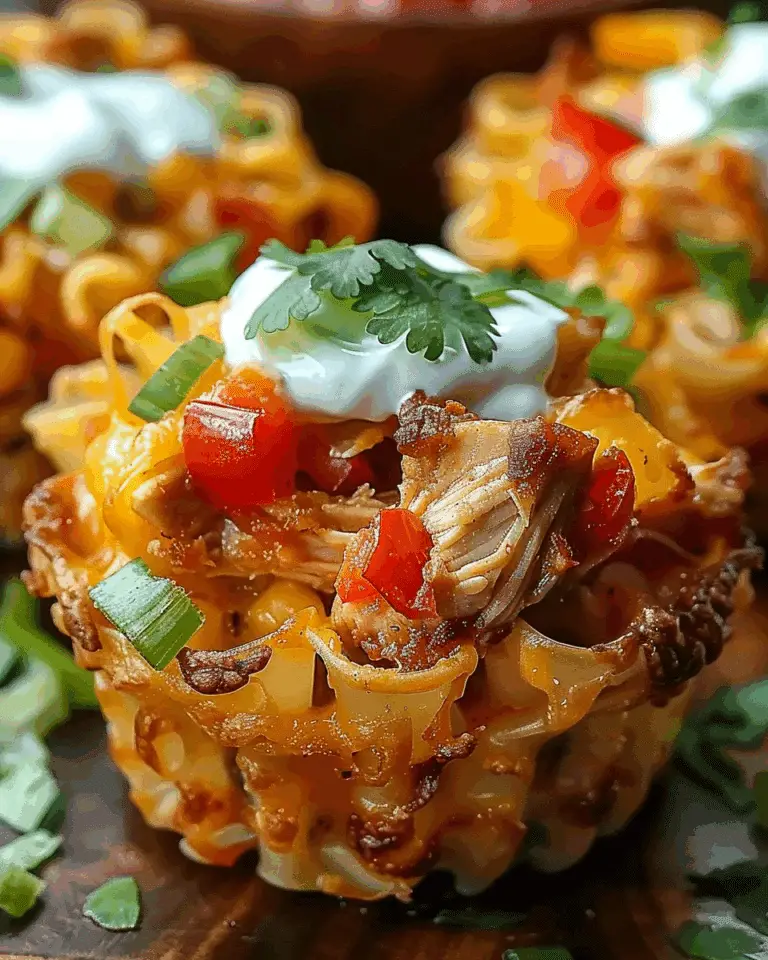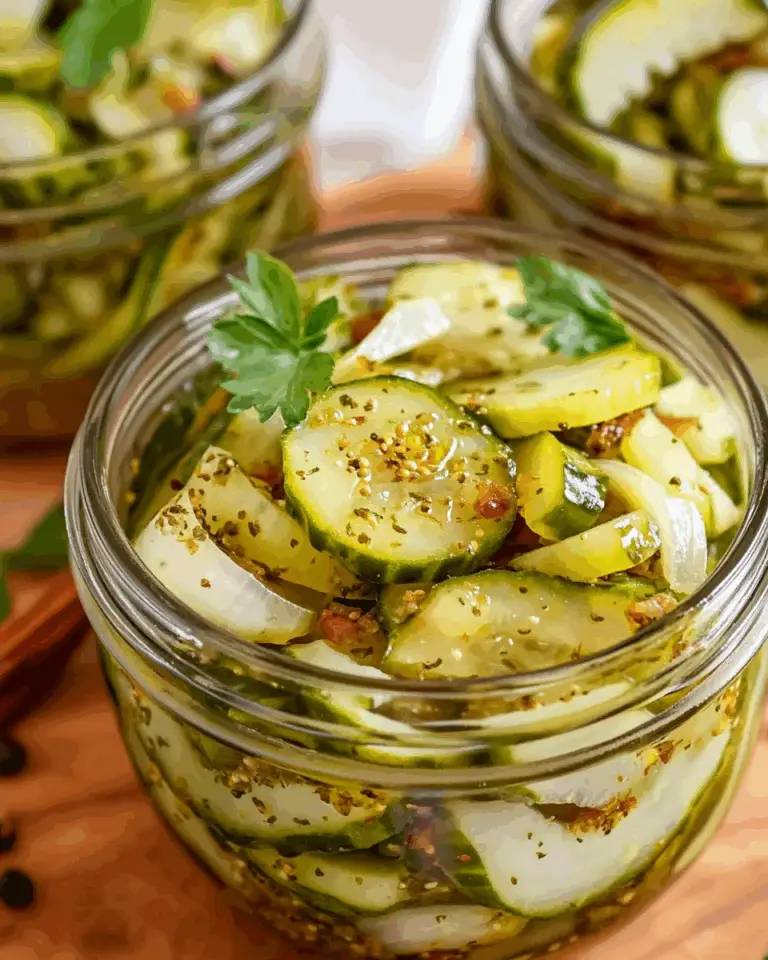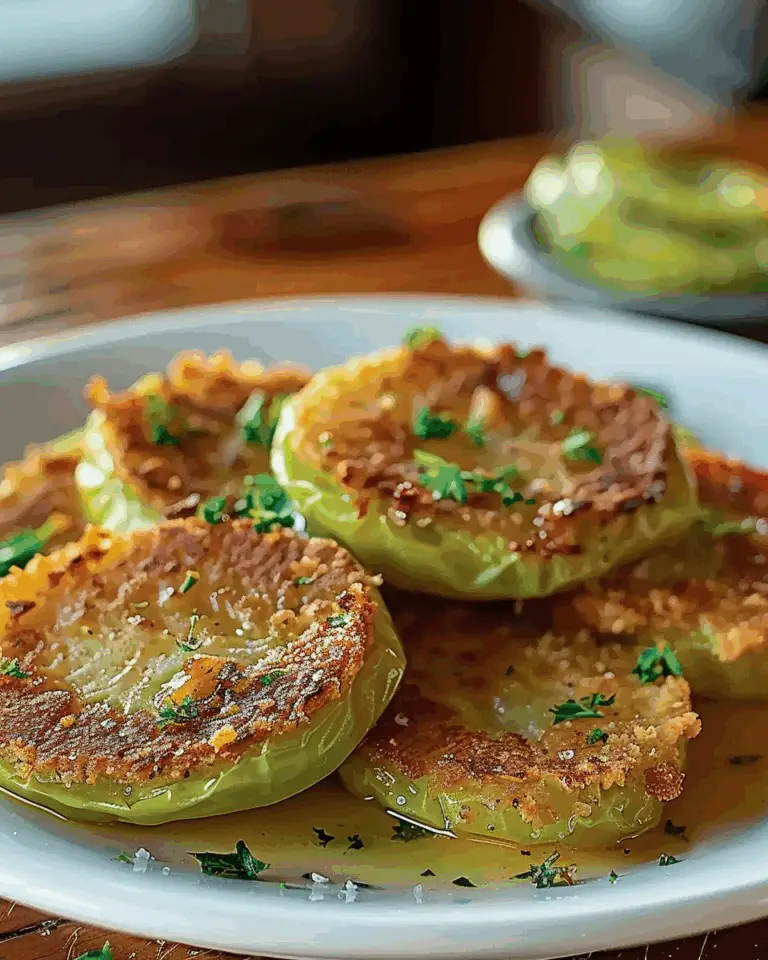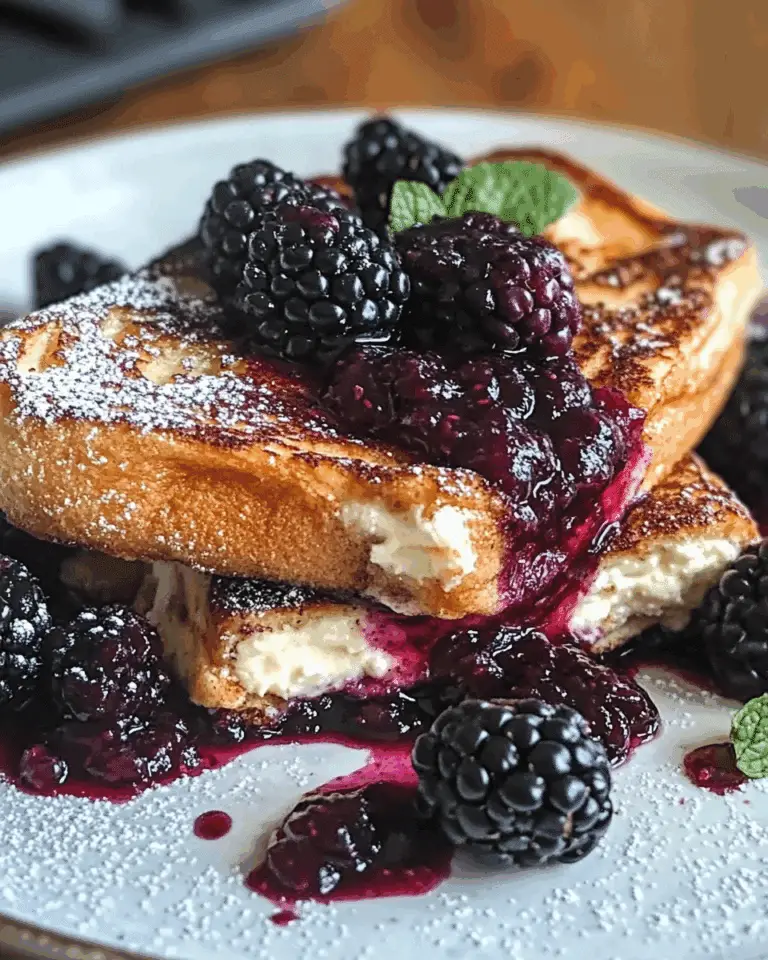
Light, fluffy, and melt-in-your-mouth tender, these homemade angel biscuits combine the best qualities of a traditional biscuit with the softness of a dinner roll. The magic happens when buttermilk meets butter, creating layers of flaky goodness that rise beautifully in the oven.
Why You’ll Love This Recipe
These angel biscuits are aptly named—they’re heavenly in both texture and taste. You’ll love them because they’re more forgiving than traditional biscuits, making them perfect for beginners. The combination of buttermilk and butter creates an irresistible flavor profile that pairs perfectly with everything from breakfast eggs to dinner soups. Plus, the folding technique ensures beautiful layers without any special equipment. They’re impressive enough for company but simple enough for weeknight meals.
Ingredients
(Tip: You’ll find the full list of ingredients and measurements in the recipe card below.)
All-purpose flour forms the foundation of these biscuits, providing structure while maintaining tenderness. If you can find White Lily flour, it’s worth using for its lower protein content, which produces exceptionally tender biscuits. However, any all-purpose flour will work beautifully.
Granulated sugar does more than add sweetness—it helps with browning and tenderizes the dough by absorbing some of the moisture. The amount is subtle, just enough to enhance the overall flavor without making the biscuits taste sweet.
Baking powder and baking soda work together as leavening agents, creating the perfect rise. The baking soda reacts with the acidic buttermilk for an initial lift, while the baking powder provides a secondary rise in the oven’s heat.
Salt enhances all the flavors and balances the subtle sweetness. Without it, the biscuits would taste flat and bland, regardless of what you serve them with.
Unsalted butter brings richness and creates those coveted flaky layers when it melts in the oven. Keeping it cold is crucial—those small pieces of butter create steam pockets during baking, resulting in the light, airy texture angel biscuits are known for.
Buttermilk adds tanginess and its acidity activates the baking soda. The result is tender biscuits with a subtle tang that complements both sweet and savory toppings. Its fat content also contributes to the biscuits’ richness.
Egg provides structure, richness, and helps with binding the ingredients together. It also contributes to the golden color of the finished biscuits.
Vanilla extract is optional but adds a wonderful aromatic quality, especially if you’re serving the biscuits with sweet toppings or as part of breakfast. It’s subtle but noticeable, adding depth to the flavor profile.
Directions
- Preheat oven to 425°F (220°C). Line a baking sheet with parchment paper or lightly grease.
- In a large bowl, whisk together flour, sugar, baking powder, baking soda, and salt.
- Cut in the chopped butter using a pastry cutter or fingers until mixture resembles coarse crumbs.
- In a separate bowl, whisk together buttermilk, egg, and vanilla extract.
- Pour wet ingredients into dry ingredients and stir just until combined; do not overmix. The dough will be soft and slightly sticky.
- Turn dough out onto a lightly floured surface and gently pat into a 1-inch thick rectangle. Fold the dough over onto itself 2-3 times to create layers, then pat out again to about 1-inch thickness.
- Use a floured biscuit cutter (about 2.5-inch diameter) to cut biscuits and place them close together on the prepared baking sheet for fluffy sides. Gather scraps, gently re-pat, and cut more biscuits.
- Bake for 12-15 minutes or until golden brown on top.
- Remove from oven and brush warm biscuits with melted butter if desired. Serve warm.
Servings and Timing
This recipe yields 8-10 biscuits, depending on the size of your biscuit cutter. Each biscuit contains approximately 180 calories. The total preparation time is about 30 minutes, with 15 minutes for prep and 15 minutes for baking. These timings make angel biscuits perfect for both weeknight dinners and weekend brunches when you want something homemade but don’t have hours to spend in the kitchen.
Variations
Herb Biscuits: Add 1-2 tablespoons of fresh chopped herbs like rosemary, thyme, or chives to the dry ingredients for a savory twist.
Cheese Biscuits: Fold in 3/4 cup of shredded cheddar, gruyere, or parmesan cheese after combining the wet and dry ingredients for a delicious savory option.
Honey Butter Biscuits: Replace 2 tablespoons of the granulated sugar with honey in the wet ingredients, and brush the tops with honey butter after baking.
Cinnamon Sugar Biscuits: Add 1 teaspoon of cinnamon to the dry ingredients and sprinkle the tops with cinnamon sugar before baking for a sweet breakfast treat.
Garlic Parmesan Biscuits: Add 1-2 cloves of minced garlic and 1/4 cup grated parmesan cheese to the dough, then brush with garlic butter after baking.
Storage/Reheating
Fresh Storage: Store completely cooled biscuits in an airtight container at room temperature for up to 2 days. For longer freshness, refrigerate for up to 5 days.
Freezing Unbaked Biscuits: Place cut biscuit dough on a baking sheet and freeze until solid. Transfer frozen unbaked biscuits to a freezer bag and store for up to 3 months. Bake directly from frozen, adding 3-5 minutes to the baking time.
Freezing Baked Biscuits: Allow baked biscuits to cool completely, then wrap individually in plastic wrap and place in a freezer bag. Freeze for up to 2 months.
Reheating: For room temperature or refrigerated biscuits, wrap in foil and heat in a 350°F oven for 5-7 minutes. From frozen, heat for 15-18 minutes. Alternatively, split and toast biscuits in a toaster oven for a crispy exterior. Microwaving is possible but may result in a slightly tougher texture; heat in 15-second intervals until warmed through.
FAQs
Why are they called angel biscuits?
Angel biscuits earned their heavenly name because of their exceptionally light and fluffy texture. They’re lighter than traditional biscuits, with a texture that’s somewhere between a dinner roll and a flaky biscuit, making them seem almost ethereal or “angelic” when done right.
Can I substitute the buttermilk?
Yes, you can make a buttermilk substitute by adding 1 tablespoon of white vinegar or lemon juice to 1 cup of milk and letting it sit for 5 minutes. However, real buttermilk will give you the best flavor and texture, so use it if possible.
Why do my biscuits turn out tough?
Tough biscuits usually result from overmixing or overworking the dough. Stir the wet and dry ingredients just until combined, and handle the dough gently when patting and folding. Also, make sure your butter is cold—warm butter won’t create the proper layers.
Can I make the dough ahead of time?
Yes, you can refrigerate the prepared dough for up to 24 hours before cutting and baking. This actually enhances the flavor. You can also cut the biscuits and refrigerate them on the baking sheet, covered, for several hours before baking.
What if I don’t have a biscuit cutter?
A drinking glass works well as a substitute biscuit cutter. Just dip the rim in flour between cuts to prevent sticking. For the best rise, be sure to press straight down without twisting, as twisting can seal the edges and prevent proper rising.
Why should I place the biscuits close together on the baking sheet?
Placing biscuits close together helps them rise higher because they support each other as they bake. This also keeps the sides soft and tender. If you prefer crispier sides, space them about an inch apart.
Can I make these biscuits without eggs?
Yes, you can omit the egg and add an extra 2-3 tablespoons of buttermilk to compensate for the lost moisture. The texture will be slightly different but still delicious.
Why is my dough too sticky to work with?
If your dough is too sticky, add a little more flour, about a tablespoon at a time, until it’s manageable. Be careful not to add too much, as this can make the biscuits dry. The dough should still be soft and slightly tacky.
What’s the best way to serve angel biscuits?
Angel biscuits are versatile! Serve them warm with butter and honey or jam for breakfast, alongside soups and stews for dinner, or use them to make mini sandwiches for brunch. They’re also delicious split and toasted with gravy spooned over the top.
Can I double this recipe?
Absolutely! This recipe doubles beautifully without any adjustments to proportions. Just make sure you have enough oven space or bake in batches for the best results.
Conclusion
These homemade angel biscuits bring together the best elements of traditional biscuits and yeast rolls in one perfect package. Their versatility makes them appropriate for any meal of the day, from breakfast to dinner. The folding technique creates beautiful layers that pull apart with ease, while the buttermilk adds a subtle tang that complements both sweet and savory accompaniments.
What makes these biscuits truly special is their forgiving nature—even if you’re new to biscuit-making, you can achieve impressive results. The combination of simple ingredients transforms into something extraordinary that will have your family and guests reaching for seconds. Whether you’re serving them alongside a hearty stew, using them as the base for strawberry shortcake, or simply enjoying them warm from the oven with a drizzle of honey, these angel biscuits are sure to become a cherished recipe in your collection.
Print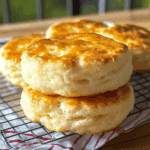
Homemade Angel Biscuits
- Total Time: 30 minutes
- Yield: 8-10 biscuits
- Diet: Vegetarian
Description
Homemade Angel Biscuits are light, fluffy, and perfect for breakfast or as a side dish at dinner. This recipe is easy to make and yields tender biscuits with a golden brown top.
Ingredients
- 2½ cups all-purpose flour (preferably White Lily flour)
- ¼ cup granulated sugar
- 1 teaspoon baking powder
- ½ teaspoon baking soda
- 1 teaspoon salt
- ¼ cup unsalted butter, chopped
- 1 cup buttermilk, cold
- 1 large egg
- 1 teaspoon vanilla extract (optional)
Instructions
- Preheat oven to 425°F (220°C). Line a baking sheet with parchment paper or lightly grease.
- In a large bowl, whisk together flour, sugar, baking powder, baking soda, and salt.
- Cut in the chopped butter using a pastry cutter or fingers until mixture resembles coarse crumbs.
- In a separate bowl, whisk together buttermilk, egg, and vanilla extract.
- Pour wet ingredients into dry ingredients and stir just until combined; do not overmix. The dough will be soft and slightly sticky.
- Turn dough out onto a lightly floured surface and gently pat into a 1-inch thick rectangle. Fold the dough over onto itself 2-3 times to create layers, then pat out again to about 1-inch thickness.
- Use a floured biscuit cutter (about 2.5-inch diameter) to cut biscuits and place them close together on the prepared baking sheet for fluffy sides. Gather scraps, gently re-pat, and cut more biscuits.
- Bake for 12-15 minutes or until golden brown on top.
- Remove from oven and brush warm biscuits with melted butter if desired. Serve warm.
Notes
- For flakier layers, ensure the butter remains cold throughout the process.
- Do not overmix the dough to avoid tough biscuits.
- You can customize the flavor by adding a pinch of cinnamon or herbs like rosemary.
- Prep Time: 15 minutes
- Cook Time: 15 minutes
- Category: Baked Goods
- Method: Baking
- Cuisine: American
Nutrition
- Serving Size: 1 biscuit
- Calories: 180
- Sugar: 4g
- Sodium: 200mg
- Fat: 6g
- Saturated Fat: 3.5g
- Unsaturated Fat: 2.5g
- Trans Fat: 0g
- Carbohydrates: 27g
- Fiber: 1g
- Protein: 3g
- Cholesterol: 20mg


